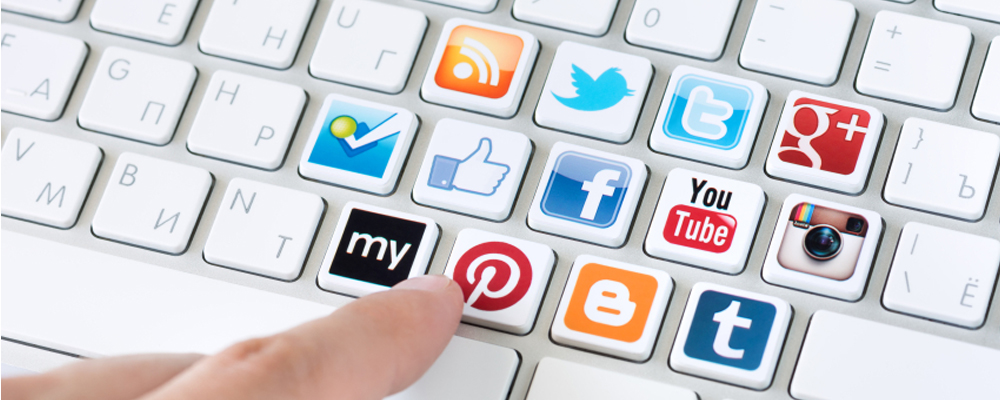According to the latest data from BI Insider, the average American spends a little over half an hour per day just on social media sites. That’s a bigger amount of time than any other internet activity—including email. This is doubly impressive considering that is roughly a tenth of the time spent in front of the television, according to Nielson.
While social networks are slowly gaining more eyeball time with the average American, it’s becoming harder to keep attention on your brand. There are a variety of social media sites, and that number is growing every day. You can’t afford to run someone off of your brand. I’ve already talked about etiquette in a previous blog but this is about social media strategy. If you want to keep people in your sales funnel, avoid these seven social media sins!
This is perhaps the most focused and tight-knit of the major social media sites, in my opinion. Unlike Facebook or Twitter, where anyone can pretty much talk about anything, Pinterest is more focused on the appreciation of visual content—usually in the form of crafting and homemade items. It’s important to have an amazing piece of visual content on Pinterest, but make sure you don’t forget to link to what you’re pinning. There is nothing more annoying than finding the coolest Star Wars ornament pinned somewhere with no way of getting any details about it.
The most popular social networking site for professionals, LinkedIn has grown from a place to post your resume to a full-blown social network! While it’s great to like things and post content on LinkedIn, please keep in mind that you’re not on Facebook. Don’t get too casual! There is nothing worse than discovering a potential graphic designer for your company, and seeing SpongeBob Squarepants picture with the tag Who’s here to party?
Google+
It’s no secret that Google+ is a bit of a mystery when it comes to social media strategy. Some use it for SEO, while others enjoy the combination of visual content and longer written pieces on the social network. Not matter how you use Google+, please don’t over share. It’s just too easy to quickly share really good, visual content on the site, and many marketers can’t seem to help themselves. Use Google+ to promote the message of your brand and avoid the cat pictures.
Tumblr
Some would scoff at using Tumblr in their social media strategy, but there are some great opportunities on this visually centered social network. Teenagers and younger adults seem to enjoy the direct, earnest nature of Tumblr. The key is to avoid shotgun design. In other words, don’t just throw content up on your Tumblr. The best contributors have an obvious visual theme and they stick to it.
Hashtags, Hashtags and More Hashtags
The hashtag is so addictive and now you can find it on multiple social media sites. It’s been mentioned before but it’s worth noting that you need to stop using any hashtags on Facebook. Not only is it doing nothing to draw attention to your brand, it might even be hurting it. Even if it isn’t affecting your social reach, hashtags on Facebook look misplaced and amateur.
On Twitter, it’s important to understand how to use hashtags properly. A hashtag on Twitter is like a place marker for content. It makes it easier for followers and potential customers to find you. Most brands can be summed up in a word or two, so don’t use too many hashtags. Over using hashtags (#like #putting #one #after #every #word) makes it harder for people to find you. It also looks terribly like spam. Furthermore, hashtags aren’t part of your sentence. They’re extra bits of information to help get your brand noticed. They don’t need to be separated by commas or anything else.
Have any other things turned you off from a brand? What’s been bugging you on social media sites lately? Please comment below!




